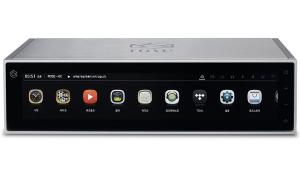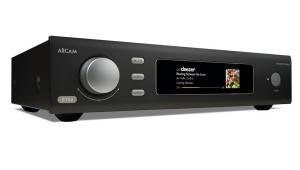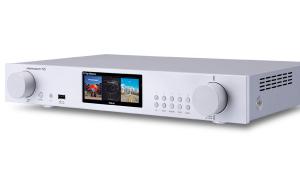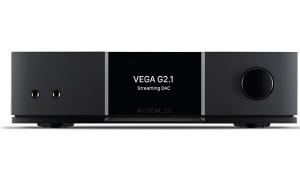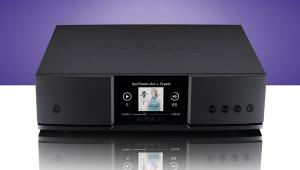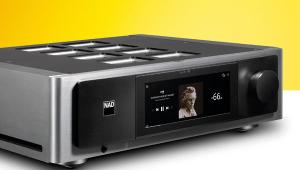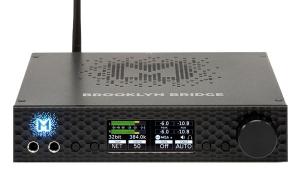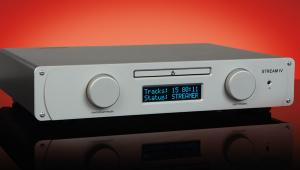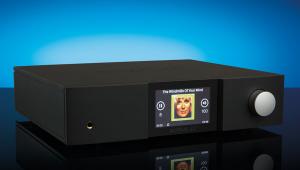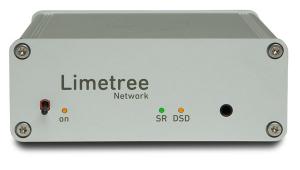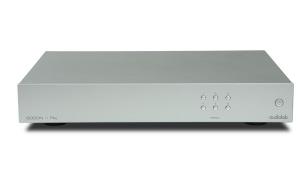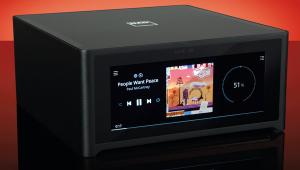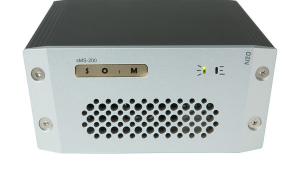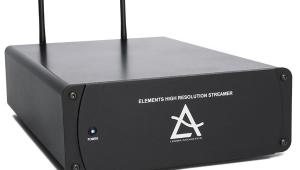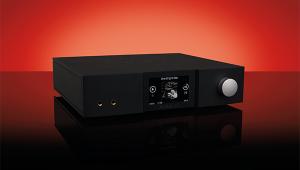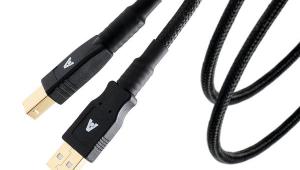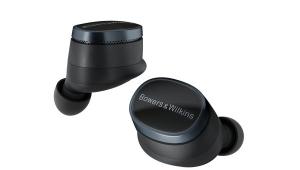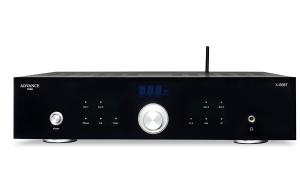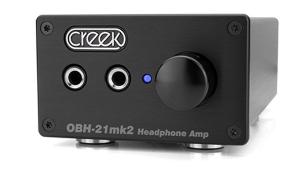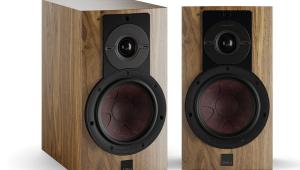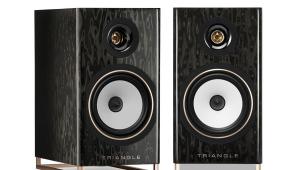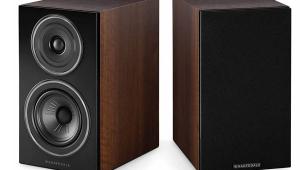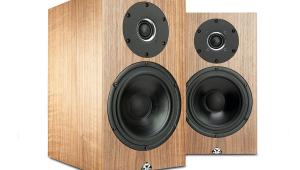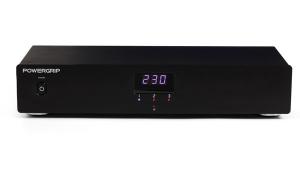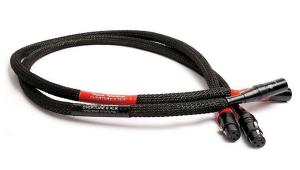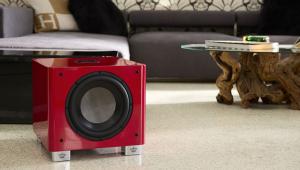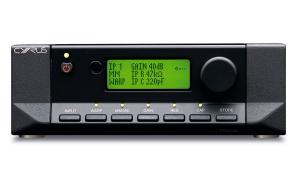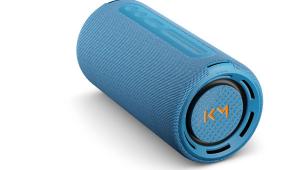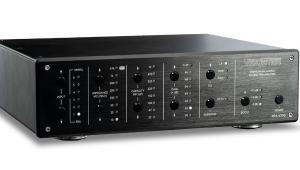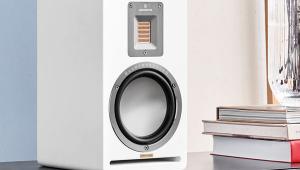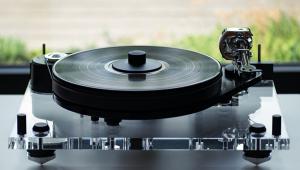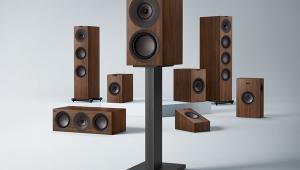Arcam ST60
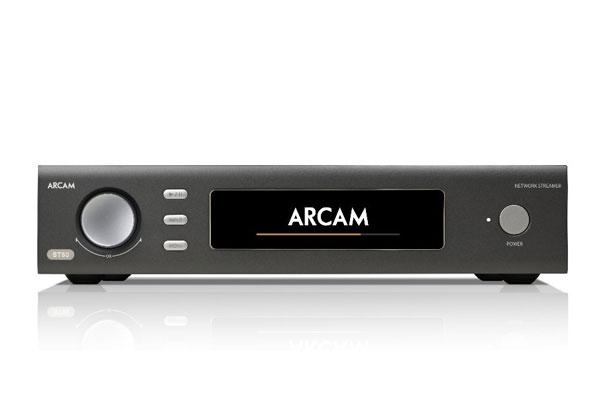
 It’s all right to stream. Compact disc and vinyl collections are personal and precious but once sampled, instant access to ‘all the music in the world’ is a hard habit to break. Part of the attraction is that it’s almost harder not to get connected. If you own a smartphone and a pair of earbuds, you’re just an app store click away. But if proper hi-fi sound quality is the goal, network streaming capability aided by a decent DAC is the way to go and the good news is that the necessary tools are built into a wide range of kit these days, from integrated amps to active speakers.
It’s all right to stream. Compact disc and vinyl collections are personal and precious but once sampled, instant access to ‘all the music in the world’ is a hard habit to break. Part of the attraction is that it’s almost harder not to get connected. If you own a smartphone and a pair of earbuds, you’re just an app store click away. But if proper hi-fi sound quality is the goal, network streaming capability aided by a decent DAC is the way to go and the good news is that the necessary tools are built into a wide range of kit these days, from integrated amps to active speakers.
Those shooting for elevated streaming performance and the opportunity to exploit all the medium has to offer may regard a dedicated, standalone unit that can be integrated into any system as the best bet of all. The list of potential candidates seems to grow longer by the month. I’m surprised, though, that Arcam – the Brit-fi brand that established its place ahead of the curve at the dawn of digital in the UK – has waited until now to make its first dedicated network streamer. Easily identified by its sober styling and dark grey hue, it’s the newest addition the company’s HDA family of components. Arcam and digital audio go back some 40 years. With a distant future under the wing of South Korean giant Samsung Electronics not even a twinkle in an accountant’s eye, the then small, Cambridge-based independent company was responsible for the first, ground-up CD player to be built in the UK that wasn’t a modification of someone else’s, the first outboard DAC (the now iconic Arcam Black Box) and the first domestic DAB tuner.
It’s probably safe to assume that customers for a dedicated network streamer/DAC won’t be too impressed with any trimmed-to-fit compromises and therefore no surprise that the ST60 claims to be a full-nine-yards production with ease of use, connectivity and sound quality prioritised, along with ability to act as a preamp to team with a power amp or active speakers. For those keen to get going straight out of the box there’s Apple AirPlay 2, Google Chromecast built-in and Spotify Connect. Download Arcam’s MusicLife smartphone app and access opens up to UPnP, Tidal, Qobuz, Deezer and Napster. The ST60 is also ‘Roon Ready’, but not yet certificated. And, as you’ve doubtless deduced, no Tidal Connect certification, either.
On the neatly configured back panel, connectivity is comprehensive. In addition to Ethernet and USB 2 (for local media storage), there are widely spaced wi-fi antennae sockets, balanced XLR and single-ended RCA analogue outputs, plus coaxial and optical digital outputs should you want to hook up an external DAC. The usual formats are supported – including AIFF, ALAC, FLAC and WAV, along with compressed legacy formats such as MP3 – and full MQA rendering and decoding is provided. Arcam hasn’t stinted on decoding horsepower either, employing ESS Technology’s A-game ESS Sabre ES9038K2M, which handles PCM up to 32-bit/192kHz as well as DSD. Lastly, the ST60 offers full I/P and RS232 control for integration in both Control4 and Crestron home automation systems.
Setting-up Chromecast and AirPlay 2 is straightforward and the full-sized remote (which helpfully illuminates all the buttons when you press any of them) drives an intuitive and crisply presented menu system that’s easy to read and navigate on the 5.2in display. A little easier on the eyes, the dedicated Arcam app, MusicLife, adds control of music stored on supported devices and network drives.
Sound quality
With the equipment rack still warm from Cambridge Audio’s Evo 150 ‘just-add-speakers’ streaming system and the CXN v2/CXA 61 streamer/integrated amp I used for comparison (HFC 437/459), the Arcam is in the right place at the right time to show just what it’s made of as all the Cambridge components set cracking standards for both usability and sound quality.
To put it mildly, the ST60 doesn’t hit the ground running on the former front. Using the remote is a pleasure, but compared with Cambridge Audio’s slick and spry StreamMagic app MusicLife feels a little clunky, graphically malnourished and, unless it’s playing from a queue, slow to respond. Track hopping with StreamMagic and the CXN v2 is essentially gapless, music and artwork up and running in just over a second. Try the same thing with MusicLife and you’ll be waiting in the region of 8 seconds while interaction with the ST60 sorts itself out. However, I’m assured by Arcam that it’s working on making MusicLife a slicker, faster, better-looking experience for the second quarter of the year.
For now, there’s redemption in the sound. Let me put it this way: if you want to make the already superb sounding Evo 150 sound even better, simply let the ST60 take over the decoding and streaming duties. No one realistically would, of course, as it trashes the point of Evo’s neat and convenient one-box initiative completely. But round robin mixing and matching with the CXA 61, CXN v2 and the Evo 150 (especially making use of its terrific built-in 150W Hypex NCore Class D amplification for the standalone streamers), it’s clear as day that, for pure sonic excellence as a source provider, the ST60 has the edge.
Whether this is a result of Arcam’s trumpeted 40 years of experience in the digital audio business and/or its choice of ESS Technology’s top DAC chip – the Evo 150 uses the lower tier ESS Sabre ES9018K2M and the CXN v2 a pair of Wolfson WM8740 24-bit DACs – I wouldn’t like to hazard a guess, but with a recording as meticulously sewn together and polished as Steely Dan’s Things I Miss The Most from Everything Must Go, the Arcam defines images more precisely in a soundstage of notably greater depth. It also wrings a little more tonal colour, texture and, well, sheer tunefulness from the material. This doesn’t make the ST60 sound ostensibly richer and warmer than the CXN v2, but it is airier, more lucid and relaxed, the Cambridge seeming a little opaque and constrained by comparison. The Evo 150 runs the ST60 closer but, again, it can’t quite match the Arcam’s outstanding transparency and openness.
Michael McDonald’s I Was Made To Love Her streamed via FLAC – a production of rare quality with a stunning sense of space and dimensionality – has the knack of sounding good on modest kit, but in the hands of the ST60 it’s scintillating. Stevie Wonder’s harmonica breaks are rendered with more cut and urgency, but also a truer sense of harmonic complexity while the honeyed voices of the female backing singers locate and mesh more coherently in the soundstage, seeming to form an arc behind McDonald – as usual, giving it the lot, but staying comfortably clear of the ragged edge – instead of being spotlit, flattened in perspective and pushed rather artificially out to the far left as can sometimes happen with lesser components.
Conclusion
It may have taken Arcam a while to make a standalone streamer, but it’s been worth the wait. MusicLife isn’t the swiftest or most elegant control app we’ve ever used, but it’s stable and it works. Not quite the smoothest operator, then, but if you really want to hear how good streaming can sound, the ST60 hits the spot with full force. DV
DETAILS
Product: Arcam ST60
Type: Network music player/DAC/digital preamp
FEATURES
● Apple AirPlay 2; Google Chromecast; Spotify Connect
● ESS9038 32-bit/192kHz Delta-Sigma DAC
● MQA supported
 |
Inside this month's issue:
Ruark R610 music system and Sabre-R standmount speakers, PMC twenty.23i Active, floorstanders, English Acoustics Downton preamplifier, Bluesound NODE ICON preamp/streamer, Ortofon Concorde Music Blue MM cartridge and much, much more
|

